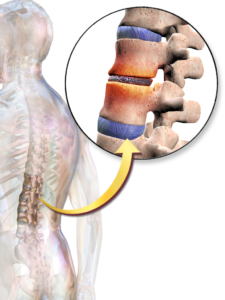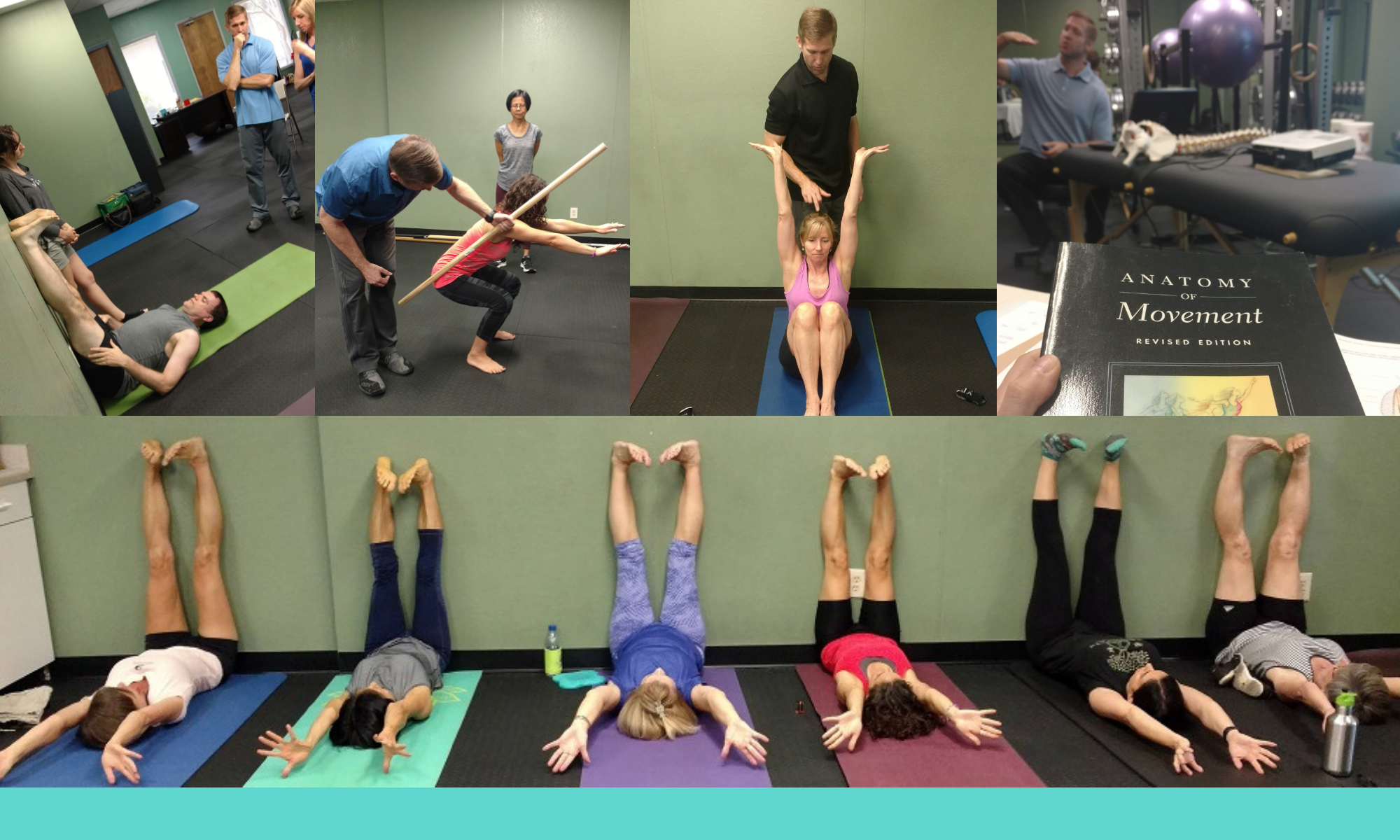Tired of just managing back/neck pain?
Do you or your clients/patients suffer from back/neck pain that is not responding to treatment?
ELDOA offers a methodology to heal injuries, prevent injuries and improve performance. Mark Albrecht is an approved educator of this method which was developed by Guy Voyer, DO of France. ELDOA (Etirements Longitudinaux avec Decoaptation OsteoArticulaire) which in English can be translated to LOADS (Longitudinal Osteo-Articular Decoaptive Stretch) is a technique that strengthens and normalizes the function of the connective tissue for all of the spine and specific joints throughout the body.
 What is an ELDOA?
What is an ELDOA?
ELDOA is a cutting-edge technique that strengthens and normalizes the function of the connective tissue for all of the spine and specific joints throughout the body. Dr. Voyer developed an ELDOA exercise for every articulation in the spine ranging from C0 to the sacro-iliac joint. Disc compression existing at any level of the spine can be addressed through a specific ELDOA posture. There are also ELDOAs for all joints of the sacrum, pelvis, shoulder girdle, ribs and skull.
ELDOA Benefits
- Decrease pressure on vertebral disc
- Increase space for nerve root through the foramen
- Decrease osteo-arthritis effect
- Increase proprioception
- Stimulate ligaments for better movement and stabilization
- Increase stabilization and muscle strength
- Improve posture
How does ELDOA work?
The ELDOA is designed to increase the space within a specific articulation. In order to properly perform an ELDOA , you must decide which articulation you want to decoapt. We will use the junction of T8-9 as an example as to how an ELDOA works. You will get in a specific position that creates myofascial tension from the T9 area all the way to your toes. This is called fixing the vertebra below. We must then create an extreme range muscular contraction (to pull up or normalize) the vertebra of T8 via an additional adjustment to the already maintained posture. To summarize, the ELDOA puts the myofascial chains into tension around the point of a specific articulation, which is the center of decoaptation. This myofascial engagement results in a postural normalization.
What is the Functional Spinal Unit (FSU)?
The main goal of the ELDOA is to “affect a joint” and its contents. When it comes to the spine, the “local” goal of the ELDOA is to keep the proper function of the Functional Spinal Unit of Junghans. This FSU consists of 2 contiguous vertebrae and the intervening soft tissue. For example, you can use the segment of L4-5 and the related ligaments and muscles which maintain and move this segment.
 The anterior part oofthe FSU supports, absorbs impact, and restricts vertical translation. It includes:
The anterior part oofthe FSU supports, absorbs impact, and restricts vertical translation. It includes:
- Vertebral Body
- Disc
- Anterior Longitudinal Ligament
- Posterior Longitudinal Ligament
The posterior part of the FSU includes:
- Neural arch and its processes
- Facet Joints
All of these above components create a functional unit in which each part contributes to the whole. A change in any one of the parts alters the inter-relationships of the entire unit and affects the entire spine and its attachments.
ELDOA can be a very precise and effective tool to maintain the longevity of the spine. The ELDOA imparts a “local” effect on the functional spinal unit in order to achieve a “global” effect on the rest of the spine.
